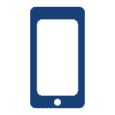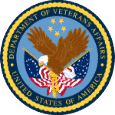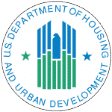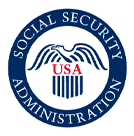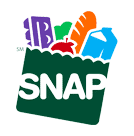Access to a cell phone and broadband service is crucial. Unfortunately, many Americans found themselves prevented from obtaining reliable cell phone service because of the costs associated with obtaining a device and contracting with a provider. The Lifeline cell phone service presents a reliable, affordable solution for lower-income Americans who otherwise might be unable to obtain this much-needed connection.
This complete guide to Oklahoma’s free cell phone service provides the information you need regarding this important opportunity for Oklahomans in need of economically accessible phone service. In addition to providing a general overview of the program, there is also information in this guide regarding eligibility for participation in the Lifeline free cell phone service program.
A Look at the History of Lifeline Phone Service
The Lifeline phone program has provided free cell phone service as well as discounted options for qualifying lower-income consumers since 1985. The goal of this free cell phone with the government program is to ensure all Americans the opportunities and security associated with a mobile phone.
Beginning in 2016, the Lifeline free cell phone with government program expanded. Since 2016, the Lifeline service includes broadband service for Americans who qualify for the program.
Overview of the Lifeline Free Cell Phone Service
Lifeline is available across the United States, including in Oklahoma. In addition to being available in all 50 states, it is also available to low-income households in territories and on tribal lands as well.
Lifeline provides more than relatively basic phone service, depending on the needs of particular consumers. For example, through Lifeline, a qualifying consumer is able to obtain free smartphone service as well. In this day and age, with so many people relying on smartphones, this is proving to be a helpful program for an increasing number of people in Oklahoma and across the United States.
How Lifeline Service Works
Through the Lifeline program, a consumer is able to obtain a landline or wireless phone service, but not both. As mentioned previously, an eligible consumer is able to obtain Lifeline free cell phone service or free smartphone service.
The Lifeline program is administered by an entity known as the Universal Service Administrative Company or USAC. USAC plays a multifaceted role when it comes to consumers and the Lifeline phone program. USAC is responsible for everything from data collection and maintenance to disbursements to assisting consumers with Lifeline service eligibility as well enrollment for the program itself.
What Role does the Government Play in the Lifeline Phone Program?
The U.S. government has a limited role in the Lifeline program. The government is involved in underwriting the costs associated with consumer participation in the program.
As has been discussed elsewhere, a separate entity has been established to administer the Lifeline program. Service is provided by individual private sector service providers. Many, but not all, cell phone and broadband service providers participate in the Lifeline program.
Who is Eligible for the Oklahoma Free Cell Phone Service Program?
As noted earlier, Lifeline phone service is available to certain low-income subscribers. In order to be eligible for service from a Lifeline provider, a consumer must have income at or below 135% of the Federal Poverty Guidelines.
A household may still qualify for the Lifeline program with income above 135% of the Federal Poverty Guidelines. For example, if a household participates in certain federal assistance programs, such a household would qualify for the Lifeline phone program. Examples of government programs that open the door for consumers to obtain Lifeline service include the Supplemental Nutrition Assistance Program or Medicaid.
Overview of the Basic Rules of the Lifeline Program
There are five primary rules associated with the Lifeline program. These rules apply to all consumers seeking free phones through this program.
First, an individual must prove eligibility. As noted previously, eligibility centers on a household’s income level.
Second, as also was mentioned previously, an individual household is only able to have one phone in the program. Multiple free phones in the same household are never permitted.
Third, recertification in the program occurs annually. A specific Lifeline provider determines how this annual recertification is to occur.
Fourth, the Lifeline program requires the use of the Lifeline phone. If a consumer enrolled in the program doesn’t use a registered phone once every 30 days, the service may be terminated.
Finally, a Lifeline provider needs to be kept up to date on your status. Specifically, if another person in your household ends up getting Lifeline service, your provider must promptly be notified.
If you are interested in determining whether you qualify for the Lifeline program, Assist Wireless can assist in determining your eligibility. In addition, Assist Wireless can assist you in completing an application for obtaining free cell phone service from the Lifeline program. You can seek to participate in the program any time of year. There is no specific enrollment period as is the case for other programs designed to provide different services.


